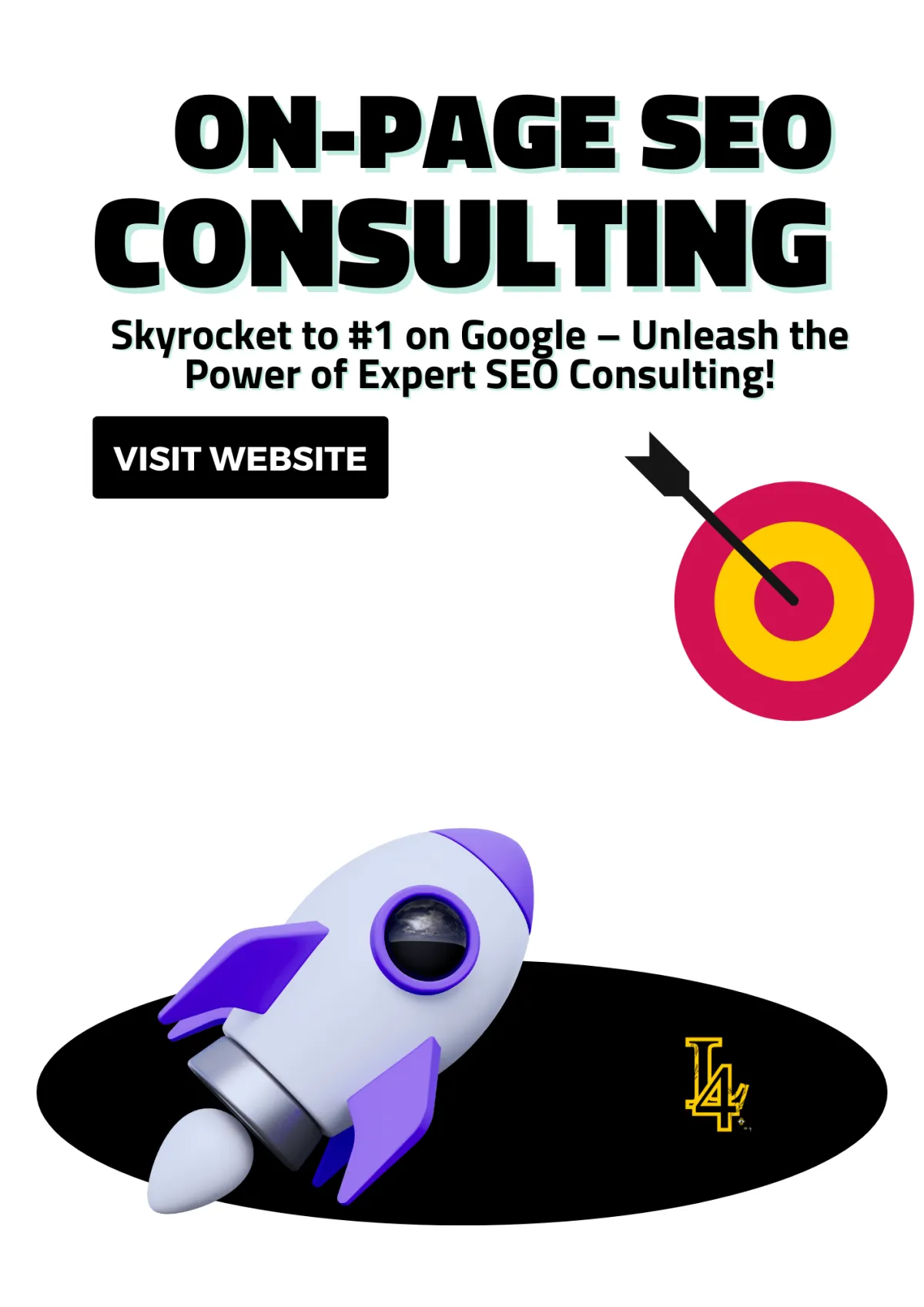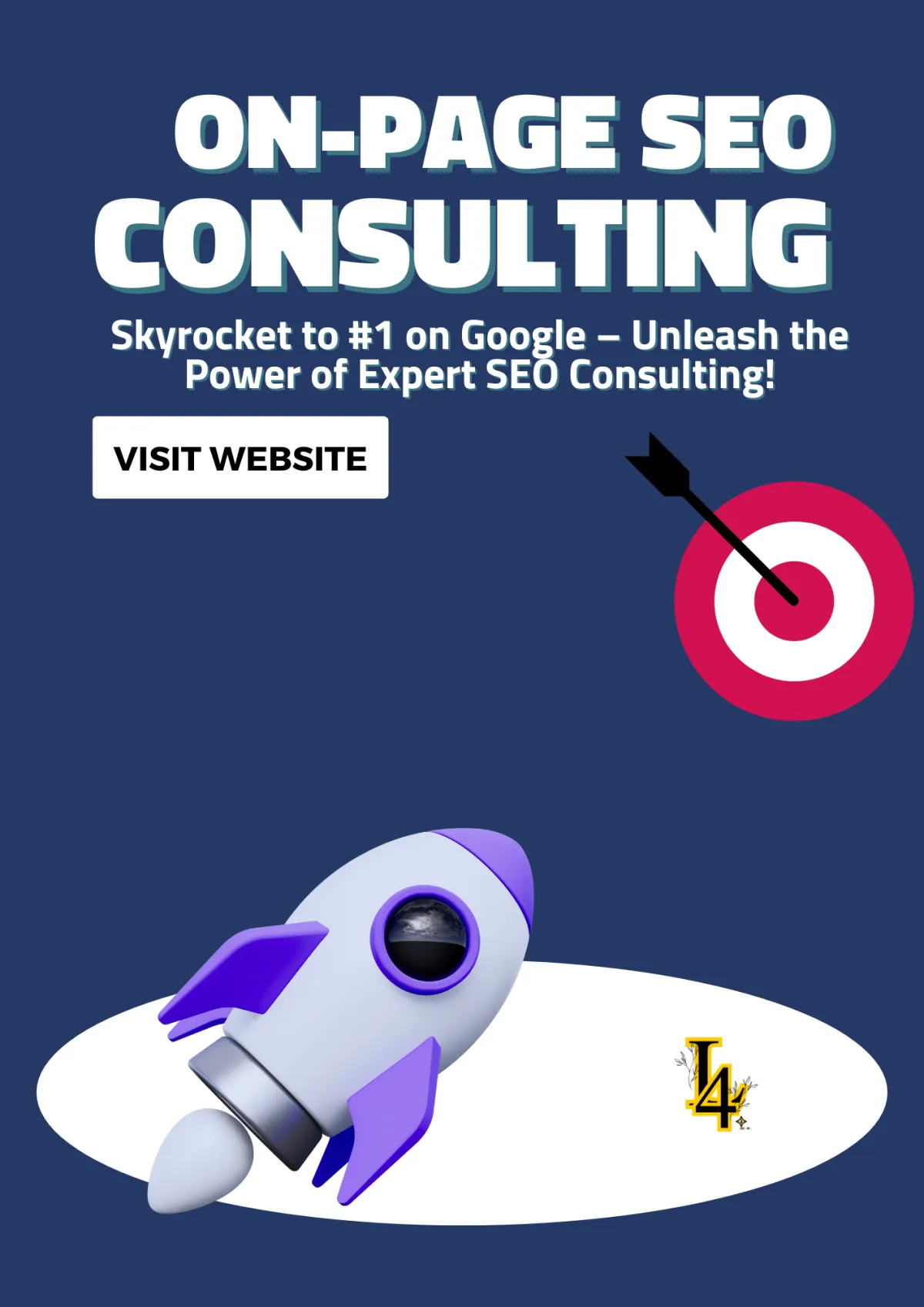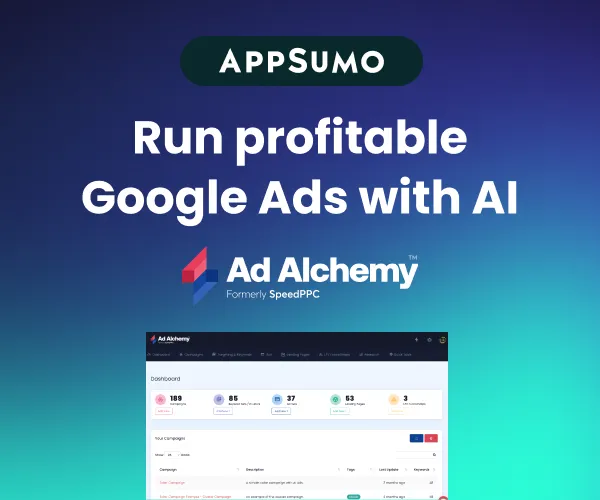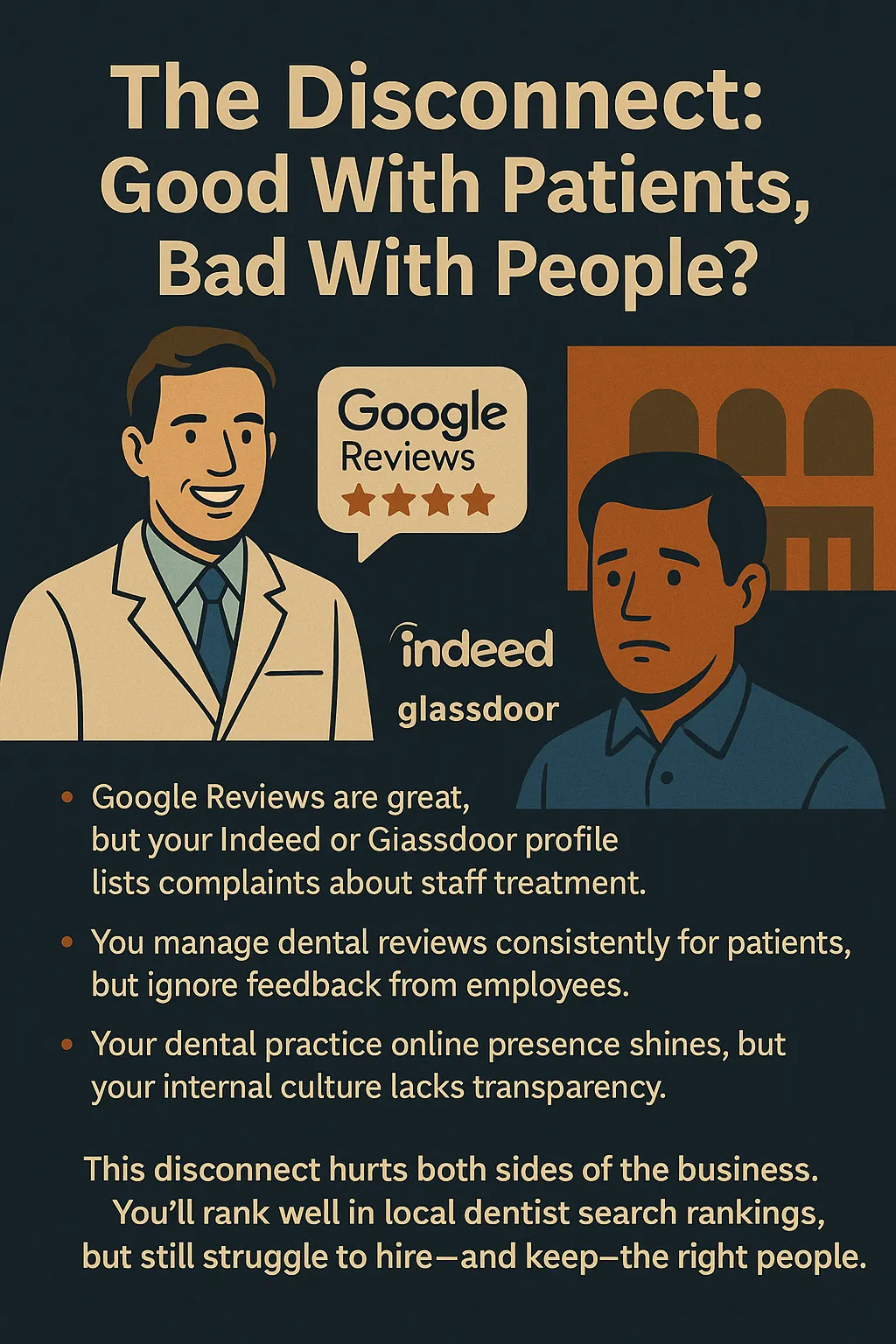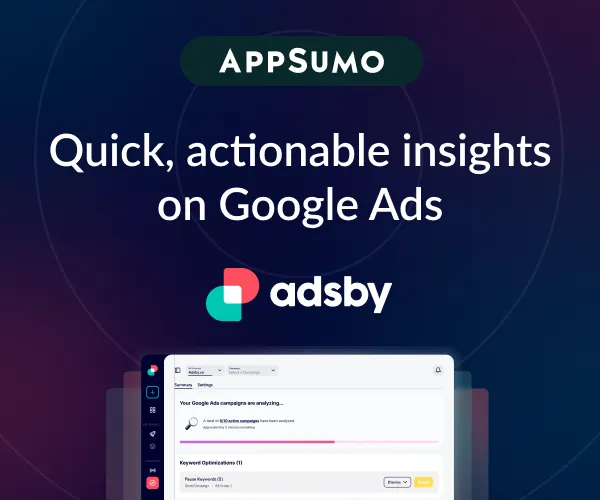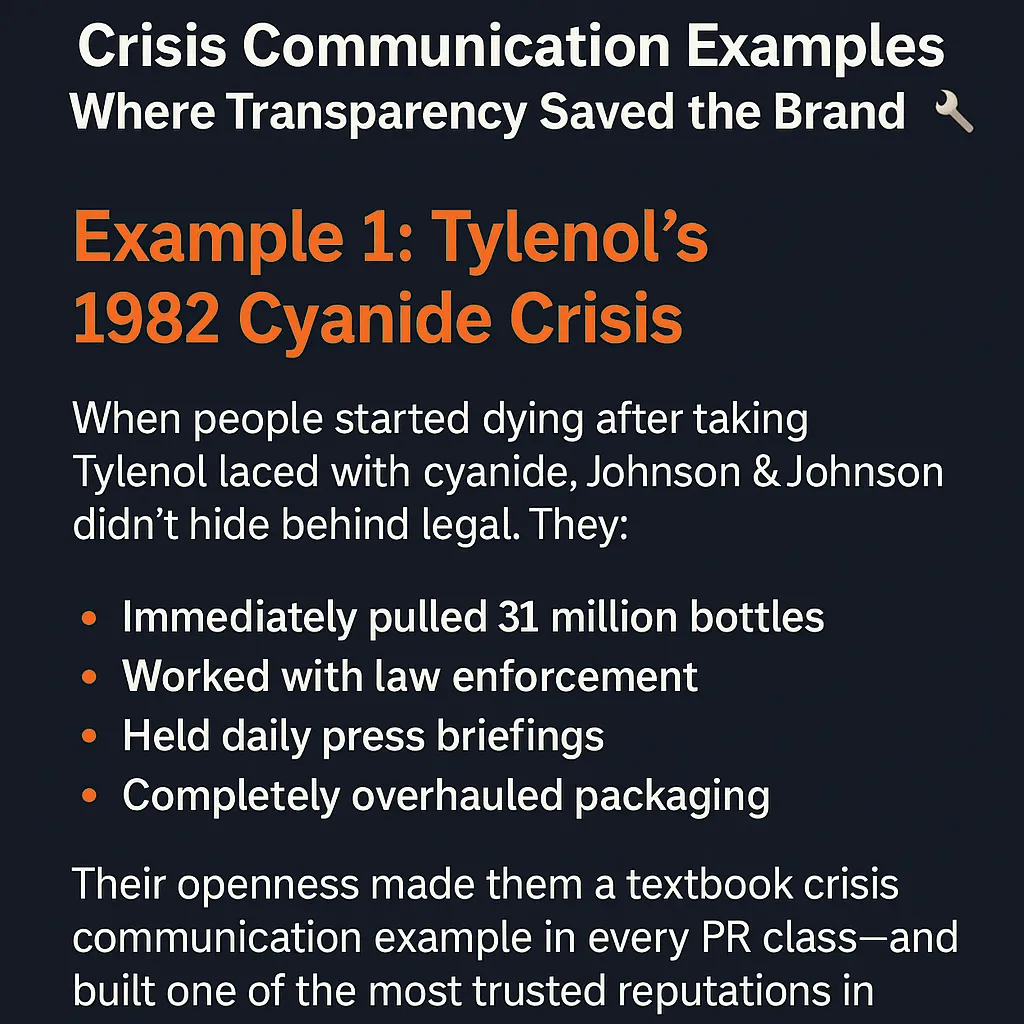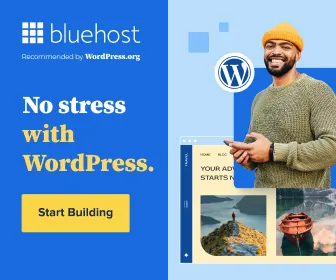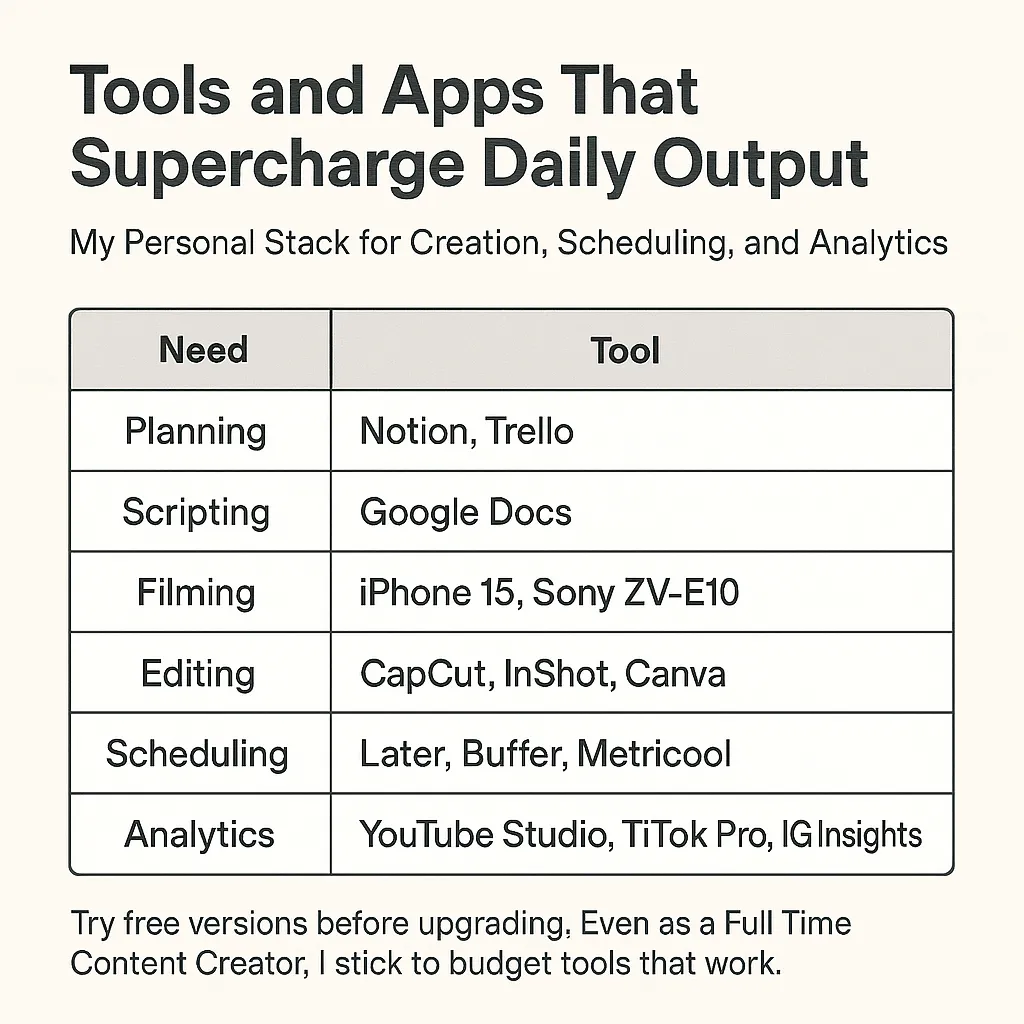
Essential Website Features: Build Smarter, Convert Faster
Ever felt like your website is just… there? Like a mannequin in a store window—pretty to look at but not actually doing much? The difference between a website that’s just “meh” and one that’s a revenue-generating machine comes down to its features. And trust me, the right ones will not only impress your visitors but also keep your sales rolling and your audience coming back for more!
Table Of Contents
The Ultimate Guide to Website Features: What Your Site Absolutely Needs to Succeed
Why Features Matter (Spoiler: They Do)
The Must-Have Website Features
4. Call-to-Action (CTA) Buttons
The Advanced Website Features You’ll Want to Brag About
How I Choose the Right Features
10 Tools and Plugins to Boost Your Website’s Performance and Features
1. Mobile Responsiveness: Tailwind CSS
2. Page Speed Optimization: WP Rocket
3. Easy Navigation: Max Mega Menu
4. Call-to-Action (CTA): Elementor
6. SEO Optimization: Yoast SEO
7. High-Quality Content: Canva
9. Social Media Integration: AddThis
10. Advanced Analytics: Hotjar
How to Choose the Right Tools and Plugins
Why Investing in Advanced Website Features Pays Off Big Time
1. Live Chat: Turning Browsers Into Buyers
2. CRM Integration: The Data-Driven Website Feature
3. Personalization: The Website Feature That Builds Trust
4. Advanced Analytics: The Brain of Website Features
5. E-Commerce Features: Simplifying the Purchase Journey
6. Automation: Making Website Features Work for You
How to Measure the ROI of Advanced Website Features
🥰
Recommended Articles
Must-Have Software for Web Developers
Web Development Resource Process: From Planning to Deployment
How Hard Is It to Make a Website? A Beginner's Guide
Master Your Development Process: The Ultimate Guide to Web App Tools
The Ultimate Checklist: Preparing to Use a Free HTML Website Maker
Drag-and-Drop Website Builders vs. Coding: Which is Better for You?
The Ultimate Guide to Website Features: What Your Site Absolutely Needs to Succeed
Building a website is like assembling the perfect outfit—you’ve got to have the basics in place, but it’s the accessories (ahem, features) that really make it pop. Over the years, I’ve learned that website features aren’t just add-ons—they’re the backbone of a site’s functionality, usability, and success. From mobile responsiveness to advanced tools like CRM integration, these features are what turn an ordinary site into a powerhouse.
Whether you’re starting from scratch or looking to give your site a serious glow-up, this guide will walk you through everything your site needs to stand out and perform. By the end, you’ll not only know what features your site is missing but also how to implement them like a pro.
Why Features Matter (Spoiler: They Do)
Here’s the deal: the right features are the backbone of a successful website. They’re the tools that keep your visitors happy, your sales rolling, and your business booming. I’ve seen websites that looked stunning but fell flat because they didn’t have simple things like mobile responsiveness or a clear way for customers to get in touch. You don’t want to be that person.
So, here’s what we’re going to do: nail the basics, sprinkle in some advanced features, and finish with a side of pro tips. Let’s get into it!
The Must-Have Website Features
1. Mobile Responsiveness
Did you know over half of web traffic comes from mobile devices? If your site isn’t mobile-friendly, you’re basically ghosting half your audience.
What I Do: I always test my sites on every device imaginable—laptops, phones, tablets, even that old tablet that’s practically a paperweight.
Quick Win: Use frameworks like Bootstrap or Tailwind CSS. They’ll make your site look flawless on any screen size.
2. Fast Loading Speed
People have less patience than a cat waiting for dinner. If your site takes longer than 2 seconds to load, most users are out.
What I Learned: Once, I optimized images on a client’s site and shaved 3 seconds off their load time. Their traffic? Up 25%. Their bounce rate? Down faster than a bad joke at a comedy club.
Quick Tools: Google PageSpeed Insights, TinyPNG for image compression, or lazy-loading plugins.
3. Easy Navigation
Nothing screams "leave my site now" like a confusing menu.
My Rule: If my mom can’t find your About page in 10 seconds, we’re redoing it.
Pro Tip: Keep it simple: Home, About, Services, Blog, Contact. If your menu looks like the contents of your junk drawer, we have a problem.
4. Call-to-Action (CTA) Buttons
CTAs are the bread and butter of conversions.
What I’ve Seen Work: “Get Started” beats “Learn More” every time. It’s actionable and exciting!
Best Practice: Keep your CTAs bold, simple, and above the fold.
5. Secure SSL Certificate
You’ve seen the “Not Secure” warning, right? Yeah, don’t be that site.
Why I Care: SSL protects user data and is practically a love letter to Google’s algorithm.
Pro Move: Most hosting providers offer free SSL certificates—grab one.
6. High-Quality Content
Nobody wants to read "Lorem Ipsum dolor sit amet" on your homepage. Create content that resonates!
What Works for Me: Tell stories, solve problems, and don’t be afraid to use humor. (You’re here, aren’t you?)
Pro Tip: Break up content with visuals and videos to keep readers engaged.
7. Contact Information
If visitors can’t reach you, what’s the point?
My Essentials: A dedicated "Contact Us" page with a form, your email, and maybe even a cheeky phone number. Bonus points for embedding Google Maps if you’re a local business.
The Advanced Website Features You’ll Want to Brag About
Now, let’s step it up. These are the next-level features that make your website a true powerhouse. They’re like adding whipped cream to your sundae—completely necessary.
1. CRM Integration
Want to be a lead-gen master? Connect your website to a CRM (Customer Relationship Management) tool like HubSpot or Salesforce.
Why It’s Awesome: Every email sign-up, form submission, or new client inquiry gets automatically stored, so you can nurture those relationships like a pro.
My Secret Weapon: Zapier! It connects your website to your CRM seamlessly. Leads straight to your inbox? Yes, please.
2. Live Chat
Visitors love instant answers, and I love features that make visitors stay longer.
My Favorite Use Case: A live chat on an e-commerce site increased conversion rates by 30%. People love asking, “Will this shirt shrink in the wash?” before buying it.
Tools to Try: Intercom, Tidio, or Drift.
3. Advanced Analytics
Google Analytics is the OG, but pairing it with heatmaps like Hotjar takes things to the next level.
Why It’s Gold: You’ll know exactly where people click, scroll, and get stuck. Fix the bottlenecks, and boom—better engagement.
4. Social Proof
Testimonials, reviews, or case studies are trust builders.
What Works: A rotating carousel of glowing testimonials on your homepage. Trust me, it’s better than a humble brag.
5. Personalization
You know what’s cool? A website that feels like it knows me.
Example: “Welcome back, Sarah! Check out our new arrivals.” (No, my name isn’t Sarah, but you get the point.)
Tools to Use: AI-driven personalization tools like Optimizely or Dynamic Yield.
How I Choose the Right Features
Every website is different, and your features should match your goals. Here’s my foolproof system:
Ask the Big Questions:
What’s my site’s main purpose? (Sales? Content? Getting people to call me?)
Who’s my audience? (Shoppers? Readers? My mom?)
Check Competitors:
What features do they have, and how can I do them better?
Focus on Scalability:
If I add features, will my site grow with them?
10 Tools and Plugins to Boost Your Website’s Performance and Features
The right tools and plugins can turn a good website into a great one. They’re the secret sauce that powers everything from seamless navigation to lightning-fast load times. Whether you’re building an e-commerce store, a blog, or a corporate site, here’s a curated list of tools and plugins that will elevate your website features.
1. Mobile Responsiveness: Tailwind CSS
What It Does: A utility-first CSS framework that makes responsive design a breeze.
Why Use It: Simplifies creating layouts that look great on all devices.
Bonus: Pair it with frameworks like React or Vue for even more flexibility.
2. Page Speed Optimization: WP Rocket
What It Does: A powerful caching plugin for WordPress that improves site speed.
Why Use It: Reduces load times with features like file compression and lazy loading.
Alternative: If you’re not using WordPress, try Cloudflare for performance and security optimization.
3. Easy Navigation: Max Mega Menu
What It Does: Enhances your navigation menus with dropdowns, tabs, and interactive elements.
Why Use It: Ideal for content-heavy sites that need clear and organized menus.
Bonus Tip: For smaller sites, a simple breadcrumb plugin like Breadcrumb NavXT can work wonders.
4. Call-to-Action (CTA): Elementor
What It Does: A WordPress page builder plugin with drag-and-drop features to create bold CTAs.
Why Use It: Allows you to design buttons, banners, and forms with ease—no coding required.
Pro Tip: Use A/B testing tools like Google Optimize to see which CTAs perform best.
5. Security: Let’s Encrypt
What It Does: Provides free SSL certificates for secure connections.
Why Use It: Ensures user trust and compliance with modern web standards.
For WordPress Users: The Really Simple SSL plugin simplifies the installation process.
6. SEO Optimization: Yoast SEO
What It Does: A popular plugin for optimizing on-page SEO, including meta descriptions and keyword usage.
Why Use It: Ensures your content is search-engine-friendly with easy-to-follow suggestions.
Alternative: Try Rank Math SEO for a more lightweight but equally powerful tool.
7. High-Quality Content: Canva
What It Does: A design tool that helps create professional visuals for your site.
Why Use It: Perfect for designing blog headers, infographics, and social media posts.
Pro Tip: Use the free version for basic needs or upgrade for advanced templates.
8. Contact Forms: WPForms
What It Does: A user-friendly WordPress plugin for creating customizable forms.
Why Use It: Simplifies adding contact, feedback, or survey forms to your site.
Alternative: For non-WordPress users, try Typeform for visually appealing forms.
9. Social Media Integration: AddThis
What It Does: Provides social sharing buttons and follow widgets for your site.
Why Use It: Boosts engagement by making it easy for visitors to share your content.
Alternative: Monarch by Elegant Themes offers a sleek, customizable option.
10. Advanced Analytics: Hotjar
What It Does: A heatmap and behavior analytics tool that shows where users click and scroll.
Why Use It: Helps you optimize your site based on real user interactions.
Bonus Tool: Pair with Google Analytics for detailed traffic insights.
How to Choose the Right Tools and Plugins
Understand Your Needs: Start with your website’s primary goals. Do you need speed optimization, better visuals, or lead capture forms?
Test Before Committing: Most plugins offer free versions or trials—test them to ensure compatibility.
Check Reviews and Updates: Look for plugins with high ratings and frequent updates to avoid compatibility issues.
Avoid Plugin Overload: Too many plugins can slow down your site. Focus on quality over quantity.
Why Investing in Advanced Website Features Pays Off Big Time
Adding advanced website features to your site isn’t just about making it look impressive—it’s about generating measurable returns. These features can significantly impact conversions, user retention, and revenue, transforming your website into a powerful business tool.
Here’s how advanced website features like live chat, CRM integration, and personalization deliver ROI—and why they’re worth every penny.
1. Live Chat: Turning Browsers Into Buyers
What It Does: Live chat is one of the most interactive website features, enabling visitors to get immediate answers about products, services, or site navigation.
The ROI:
Higher Conversions: Live chat can increase conversion rates by up to 40%. Answering questions instantly removes barriers to purchase.
Better Customer Satisfaction: Visitors love the convenience of live chat, leading to higher retention rates.
Cost Efficiency: Unlike phone support, live chat allows agents to manage multiple inquiries simultaneously.
Real-Life Example:
After adding live chat to a website, a retailer experienced a 30% sales boost in three months. This website feature answered simple questions like shipping times, which reassured customers and encouraged purchases.
2. CRM Integration: The Data-Driven Website Feature
What It Does: A CRM (Customer Relationship Management) tool connects directly with your site to centralize customer interactions and manage leads.
The ROI:
Improved Lead Nurturing: Automating follow-ups based on user actions increases conversions.
Personalized User Journeys: CRM data enables you to offer tailored experiences, boosting sales.
Enhanced Retention: By tracking customer history, you can solve problems faster and build loyalty.
Real-Life Example:
A small business used CRM integration as a website feature to streamline form submissions and automate email responses. Result? A 50% improvement in turning leads into paying customers.
3. Personalization: The Website Feature That Builds Trust
What It Does: Personalization tailors your website features and content to individual users based on their behavior and preferences.
The ROI:
Higher Engagement: Personalized recommendations and dynamic content increase user interactions.
Increased Revenue: Personalized website features can boost revenue by up to 15%.
Loyal Customers: Visitors who feel understood are more likely to return.
Real-Life Example:
Think about Amazon. Their “Recommended for You” section, a personalized website feature, drives a significant portion of their sales.
4. Advanced Analytics: The Brain of Website Features
What It Does: Advanced analytics track how users interact with your site’s website features, providing actionable insights.
The ROI:
Spot Weaknesses: Analytics reveal bottlenecks in your funnel or underperforming pages.
Optimize Performance: Data helps you enhance existing website features to maximize engagement.
Informed Decisions: Instead of guessing, you use real numbers to guide updates.
Real-Life Example:
A company added heatmaps to analyze clicks on their website features. They discovered their “Buy Now” button wasn’t visible enough. After moving it above the fold, conversions rose by 20%.
5. E-Commerce Features: Simplifying the Purchase Journey
What It Does: Advanced e-commerce website features like one-click checkout and abandoned cart recovery improve the shopping experience.
The ROI:
Recover Sales: Cart recovery emails can reclaim up to 20% of abandoned carts.
Higher Order Value: Upselling and cross-selling tools increase the average cart size.
Increased Trust: Secure checkout options make users more confident about completing purchases.
Real-Life Example:
A retailer implemented cart recovery emails, a vital website feature, and recovered $5,000 in lost sales in a single month.
6. Automation: Making Website Features Work for You
What It Does: Automation streamlines repetitive tasks like data entry, email marketing, or customer onboarding, improving the efficiency of your website features.
The ROI:
Save Time: Free your team to focus on creative work instead of manual tasks.
Cut Costs: Automation lowers operational costs while increasing output.
Boost Revenue: Automated campaigns deliver personalized messages that drive conversions.
Real-Life Example:
A SaaS company automated onboarding emails through their site’s website features, increasing paid subscriptions by 15% without additional staff effort.
How to Measure the ROI of Advanced Website Features
Set Clear Goals: Define what success looks like for each website feature, such as increased conversions or reduced bounce rates.
Track Metrics: Use tools like Google Analytics or Hotjar to measure key performance indicators:
Conversion rates.
Customer lifetime value.
User engagement with specific website features.
A/B Test New Features: Compare how different implementations of a website feature affect user behavior.
Analyze Costs vs. Gains: Compare the investment in a website feature to the revenue or savings it generates.
Conclusion
And there you have it—the ultimate toolkit to make your website the MVP of its category. Whether you’re focusing on the basics like speed and navigation or stepping up your game with advanced features like live chat and analytics, every improvement you make will pay dividends.
Remember: a website isn’t just a digital business card; it’s your 24/7 salesperson, your brand ambassador, and your customer service rep—all rolled into one. With the right features in place, your website will not only look amazing but also work tirelessly to grow your audience, boost your revenue, and keep visitors coming back.


